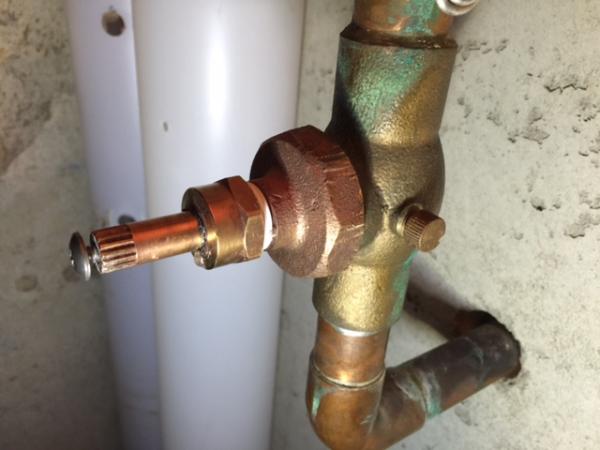Safeguarding your investments in the context of gate valve leak prevention strategies is paramount for industries where the efficient operation of pipelines and systems is critical. Gate valves are vital components in various sectors, including oil and gas, water treatment, and manufacturing, and preventing leaks is crucial to avoid costly downtime, environmental damage, and potential safety hazards. There are several key strategies that can be employed to ensure the integrity of gate valves and minimize the risk of leakage. First and foremost, regular maintenance and inspection are fundamental to safeguarding your investments. Routine inspections can help identify early signs of wear and tear, corrosion, or damage to gate valves. By conducting visual assessments, leak tests, and internal examinations, maintenance teams can address issues before they escalate, thus extending the lifespan of the valves and averting the potential financial consequences of a major leak.

In addition, investing in preventive maintenance programs can ensure that gate valves receive timely servicing, lubrication, and replacement of critical components, reducing the risk of leakage. Proper installation is another critical element in safeguarding investments in gate valve leak prevention. Gate valves must be installed correctly, with proper alignment and adequate tightening to prevent leaks. Inadequate installation can lead to misalignment, which can result in leaks at the valve bonnet, stem, or body what is a gate valve? Moreover, ensuring that the valve is free of debris and foreign particles during installation is essential, as these contaminants can compromise the valve’s sealing capability and contribute to leaks over time. Utilizing high-quality materials and components is an investment in itself when it comes to gate valve leak prevention. Gate valves made from durable materials such as stainless steel or bronze are more resistant to corrosion and wear, extending their operational lifespan.
Investing in superior sealing components, such as resilient seats and packing materials, can also enhance the valve’s ability to maintain a tight seal over extended periods, thus reducing the likelihood of leaks. Implementing automated monitoring and control systems can further safeguard your investments in gate valve leak prevention. These systems can provide real-time data on valve status, pressure, and temperature, allowing operators to identify anomalies and act promptly to prevent leaks. With the advent of digital technologies and the Internet of Things IoT, predictive maintenance and condition monitoring systems have become more accessible and effective in proactively managing valve integrity of gate valve leaking at stem. Furthermore, training and education are essential components of leak prevention strategies. Investing in the knowledge and expertise of personnel responsible for operating and maintaining gate valves can significantly reduce the risk of leaks. Training programs can equip individuals with the skills needed to identify potential issues, perform inspections, and address minor problems before they escalate into major leaks.